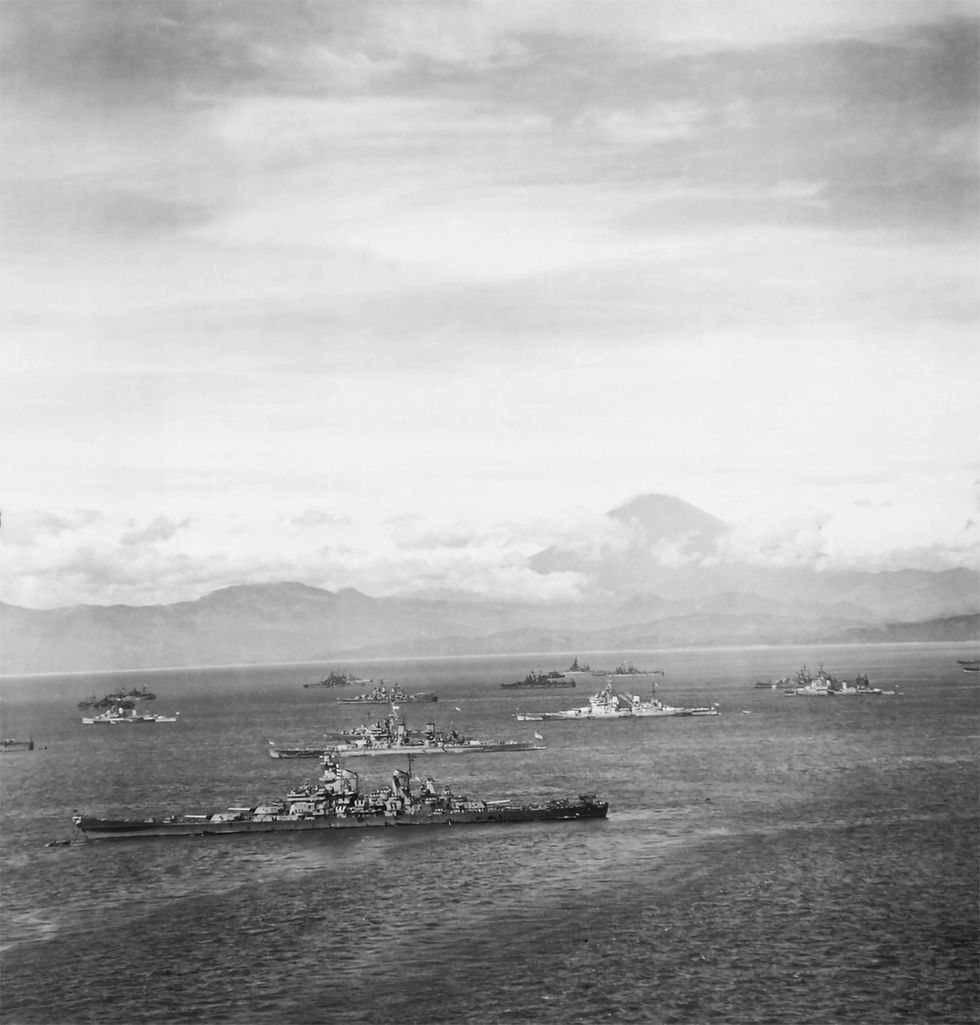Operation Diesel - Raid on Drugs Factories
- Si Biggs

- Feb 9, 2020
- 2 min read
Operation Diesel
Unit/ Formation: RM ASG Location: Helmand Period/ Conflict: War in Afghanistan (2001-)

Date/s: 9th February 2009
Operation Diesel was a raid by 700 British troops from the Royal Marines 45 Commando, 42 Commando, and the 3 Commando Brigade's Reconnaissance Force, as well as armoured infantry and close reconnaissance from 1st Battalion Princess of Wales's Royal Regiment (1 PWRR) on a Taliban drug factory and arms stronghold in the Upper Sangin Valley in Helmand province, Afghanistan on February 7, 2009.
British forces involved in the operations included:
Special Boat Service (SBS)
42 Commando Royal Marines
45 Commando Royal Marines
3 Commando Brigade's Brigade Reconnaissance Force
armoured infantry and close reconnaissance from 1st Battalion The Princess of Wales's Royal Regiment (1 PWRR).
Army WAH-64 Apache, RAF Chinook, RN Sea King HC4 and Lynx AH7 helicopters of the Commando Helicopter Force
OP Diesel was comprised of several key actions:
Proceeding the main operation, British forces, including 1 PWRR and Viking APCs from the Armoured Support Group, carried out a number of deception operations in and around Op Diesel's multiple targets in order to distract the Taliban and draw them away from the area.
On the night of Feb 6th, under the cover of darkness, a number of Brigade Reconnaissance Force MWMIK Jackals moved into position on high ground looking over the targets, a series of compounds and farms situated in the Helmand valley. From their high vantage point, the BRF was in a position to provided covering fire for 2 helicopter landing zones in the valley below.
8 km west of the objectives, APCs from 1PWRR secured a further helicopter landing zone and also position themselves as a blocking force against Taliban counter attack
Vikings from the Armoured Support Group set up a screen to the south.
Covered by the ground elements, up to 500 Royal Marines Commandos were inserted into the 3 landing zones by waves of helicopters. view graphic of helicopter insertions during Operation Diesel
Elements from 45 and 42 Commando then moved out from their insertion points to search and secure the various compounds and farm buildings, whilst other elements moved into position to provided cover for their fellow Commandos.
The precise role of the SBS during Op Diesel has not been disclosed to the public.

In the early hours of February 7 the raid was launched. Within 20 minutes two waves of RAF Chinooks, Royal Navy Sea Kings, Lynx and American Sea Stallions delivered 500 troops from 45 Commando Royal Marines and both British and Afghan special forces into three landing zones half-a-mile from enemy positions. Large vats of opium were abandoned while still being boiled as the Taliban fled the assault.

The Task Force Helmand commander, Brig Gordon Messenger called Operation Diesel a "clinical precision strike" that had "a powerful disruptive effect on known insurgent and narcotics networks in the area". Four drugs factories were captured along with gallons of chemicals used to process opium into heroin. Large numbers of machine guns were also recovered as well as a motor bike that had been primed as a suicide bomb.
Twenty Taliban fighters defending the drugs were killed. No UK personnel were killed in the assault.

The raid captured four drug factories and heroin and opium worth £50 million.
See it mapped here: RM A Geo History Map




Comments